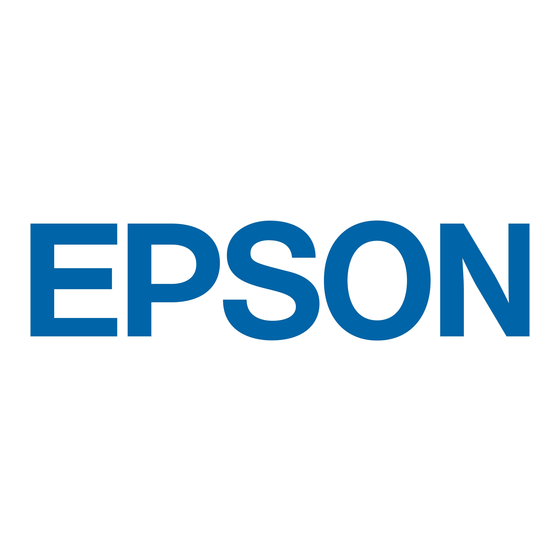- ページ 5
ソフトウェア Epson 1680 - Expression Special EditionのPDF マニュアルをオンラインで閲覧またはダウンロードできます。Epson 1680 - Expression Special Edition 11 ページ。 Color image, expression series
Epson 1680 - Expression Special Edition にも: ユーザーマニュアル (7 ページ), パンフレット&スペック (24 ページ), 製品情報 (9 ページ), ここからスタート (4 ページ), 仕様 (2 ページ), 製品サポート速報 (23 ページ), 更新 (1 ページ), 製品サポート速報 (40 ページ), 製品サポート速報 (17 ページ), 製品サポート速報 (3 ページ), 製品サポート速報 (24 ページ), 保証 (2 ページ), 製品サポート速報 (29 ページ), 製品サポート速報 (8 ページ), 製品サポート速報 (3 ページ), 製品サポート速報 (14 ページ), 製品サポート速報 (1 ページ), 製品サポート速報 (5 ページ), 製品サポート速報 (18 ページ), 製品サポート速報 (12 ページ), 製品サポート速報 (40 ページ), 製品サポート速報 (11 ページ), 製品サポート速報 (40 ページ), 製品サポート速報 (22 ページ), 製品サポート速報 (12 ページ), 製品サポート速報 (21 ページ), マニュアル (24 ページ)

